The March on Washington for Jobs and Freedom brought together a legion of speakers pivotal to the Civil Rights Movement. A quarter of a million people were there.
Decades later, the “dream” of one civil rights titan is what echoes in the minds of Americans who think of the iconic march.
“I have a dream,” Martin Luther King said.
Those four words stand out in a speech that touches on myriad topics. Economics, police brutality, peaceful protests, voting – both the right to vote and something to vote for – and, of course, an end to racism.
In 2023, three years after a summer of protests in the wake of multiple incidents of police brutality, in a year where some states are looking to restrict lessons on Black history, has the United States made sufficient progress toward the dream?
To recognize 60 years since King delivered his most iconic speech, USA TODAY spoke with people who were there, experts in the Civil Rights Movement, King’s daughter Bernice King, and those who’ve fought against discrimination that endures decades after King told tens of thousands of his dream. There’s still work to do to achieve King’s vision, they said.
MLK Jr.’s daughter remembers his ‘I have a dream’ speech
60 years after the March on Washington, Martin Luther King Jr.’s daughter Rev. Dr. Bernice A. King reflects on his iconic ‘I have a dream’ speech.
Jasper Colt and Anthony Fox, USA TODAY
Witnesses to The Great March spoke about what they experienced that day and reflected on the progress — or lack thereof — the United States has made toward King’s dream. Read the story
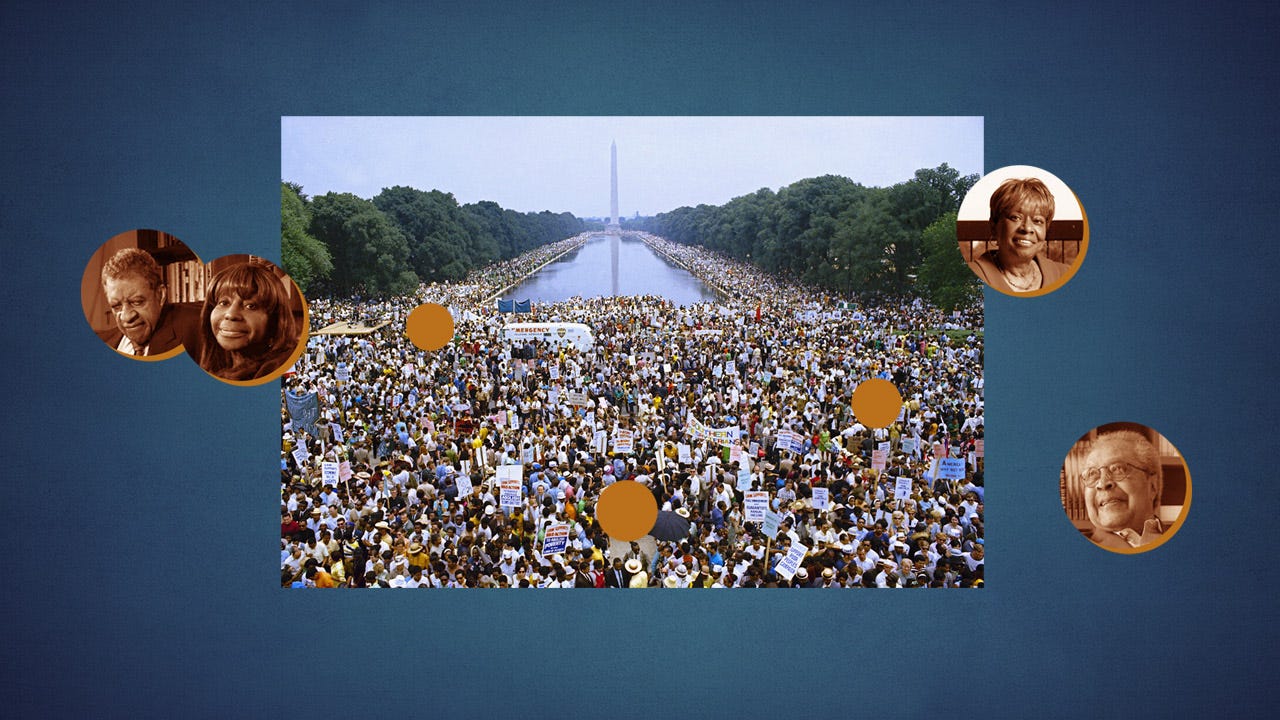
Illustration: Andrea Brunty, USA TODAY; Photos: Charles Tasnadi, AP; Jennifer Altman, Josh Morgan and Yannick Peterhans, USA TODAY
Activists including Anna Arnold Hedgeman, Dorothy Height and Pauli Murray pushed male leaders to allow women to speak at the 1963 March on Washington. Read the story
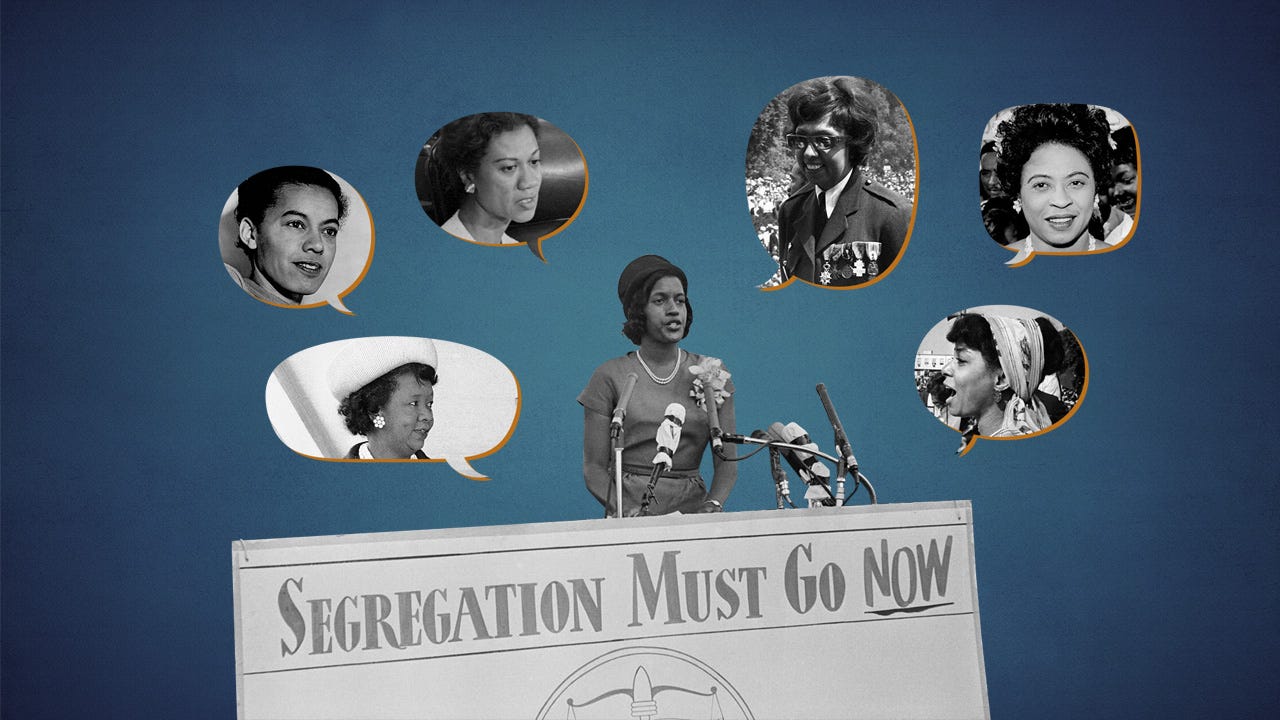
Illustration: Andrea Brunty, USA TODAY; Photos: AP file; Bettmann Archive via Getty Images; SIPA via AP; The Commercial Appeal; The Washington Post via Getty Images
Opportunities to learn a more inclusive version of U.S. history are finally becoming more common in public schools. And already being stamped out. Read the story
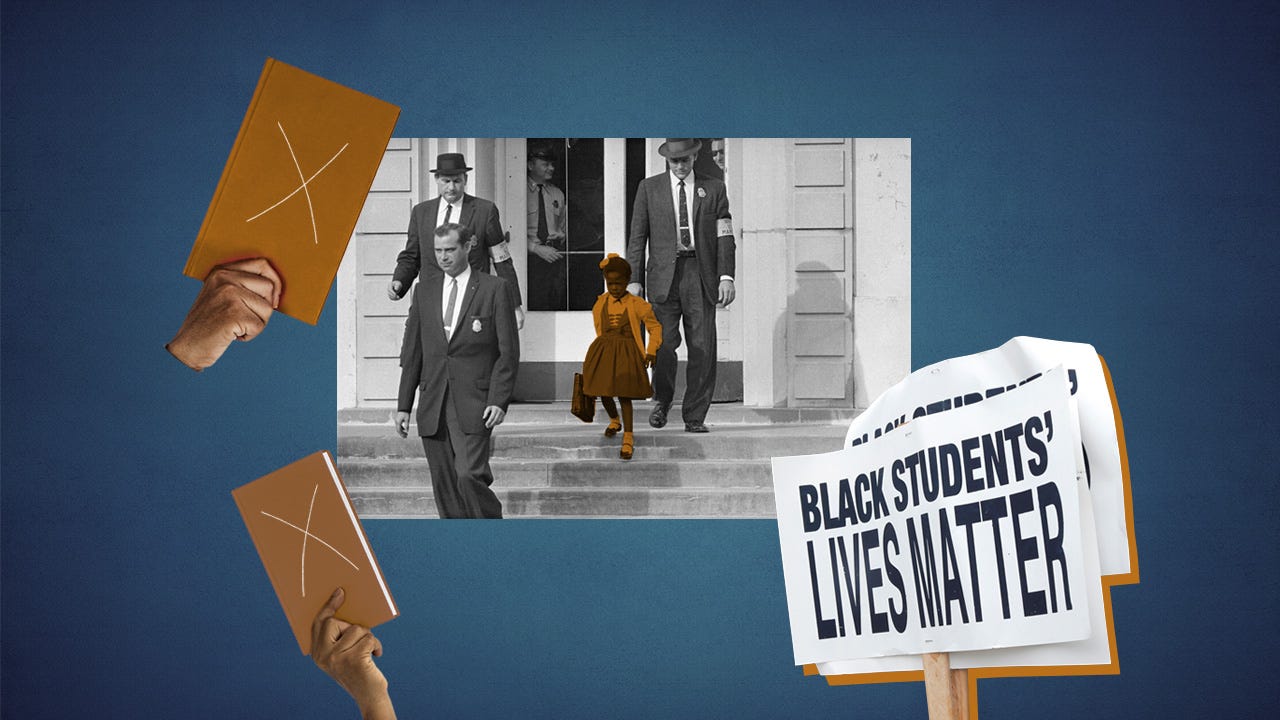
Illustration: Andrea Brunty, USA TODAY; Photos: AP file; Ted S. Warren, AP; Getty Images
Sixty years after the March on Washington, similar issues are at stake for activists seeking racial and economic justice. Here’s how the movements compare. Read the story
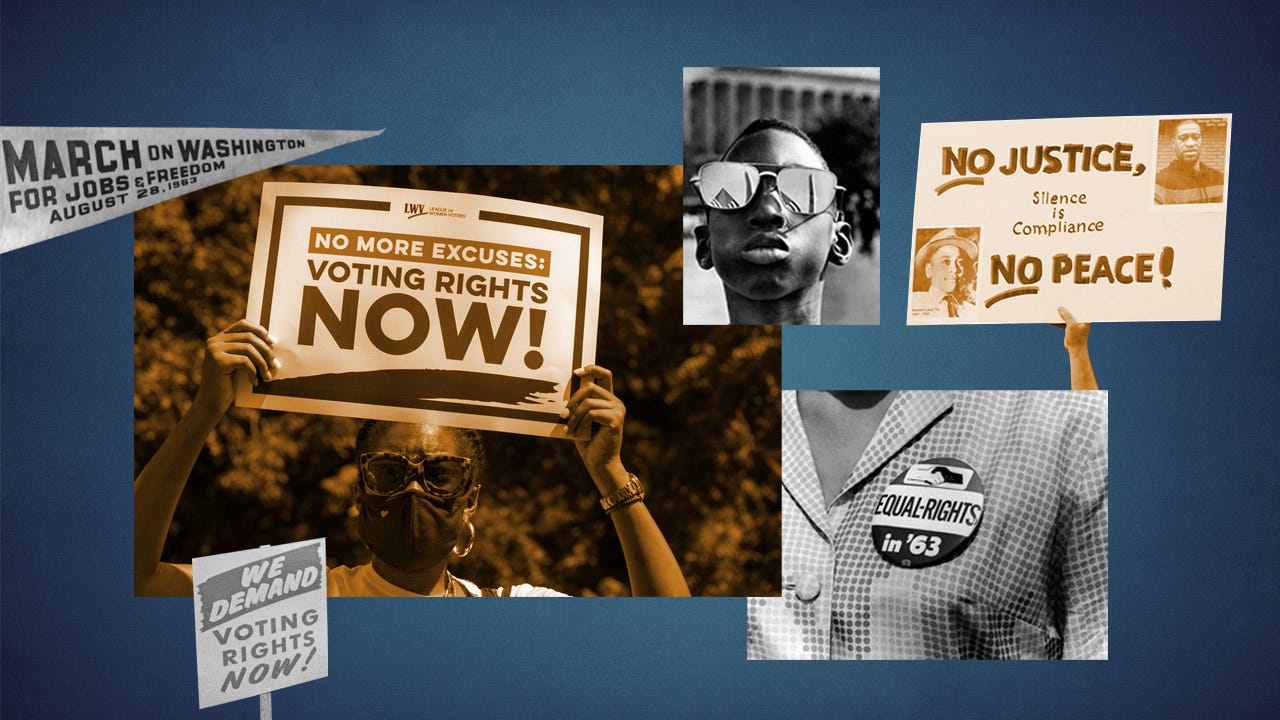
Illustration: Andrea Brunty, USA TODAY; Photos: Detroit Free Press; Jacquelyn Martin and Susan Walsh, AP; Getty Images; AP file
One of the biggest roadblocks to building wealth for Black Americans is still in place since the “I Have A Dream” speech. Read the story
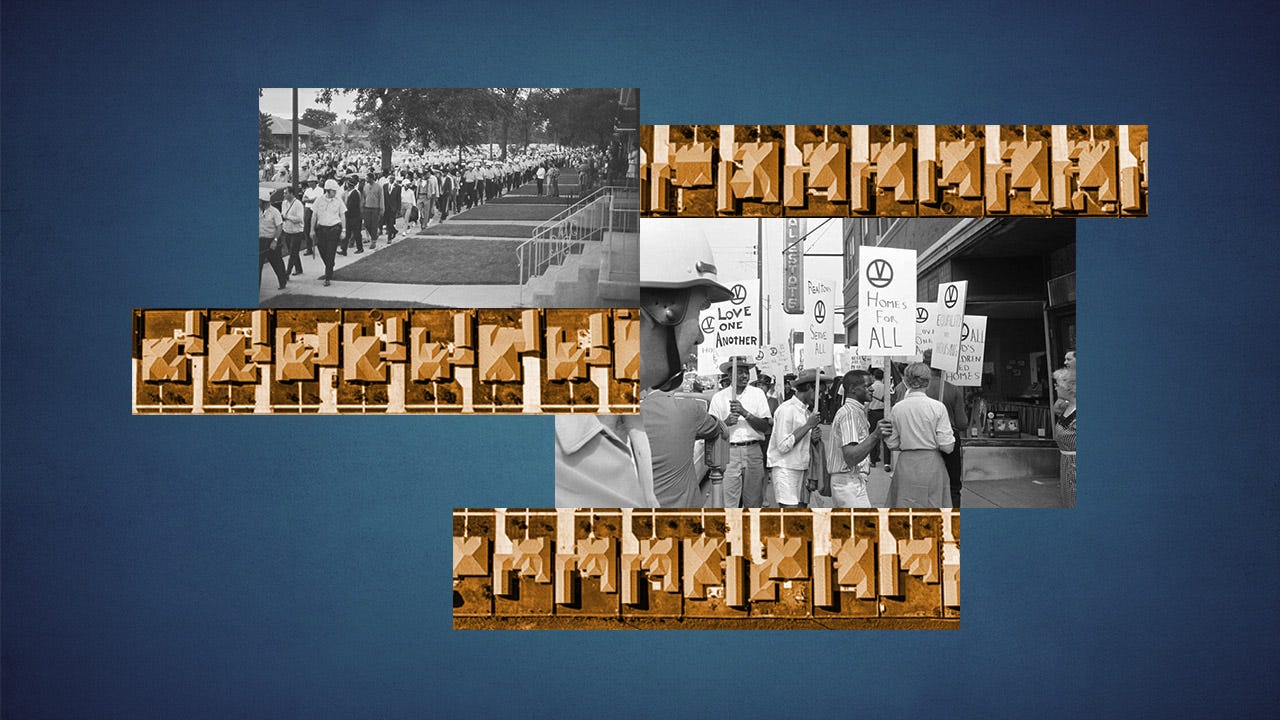
Illustration: Andrea Brunty, USA TODAY; Photos: Edward Kitch, AP; AP file; Getty Images
Published
Updated


